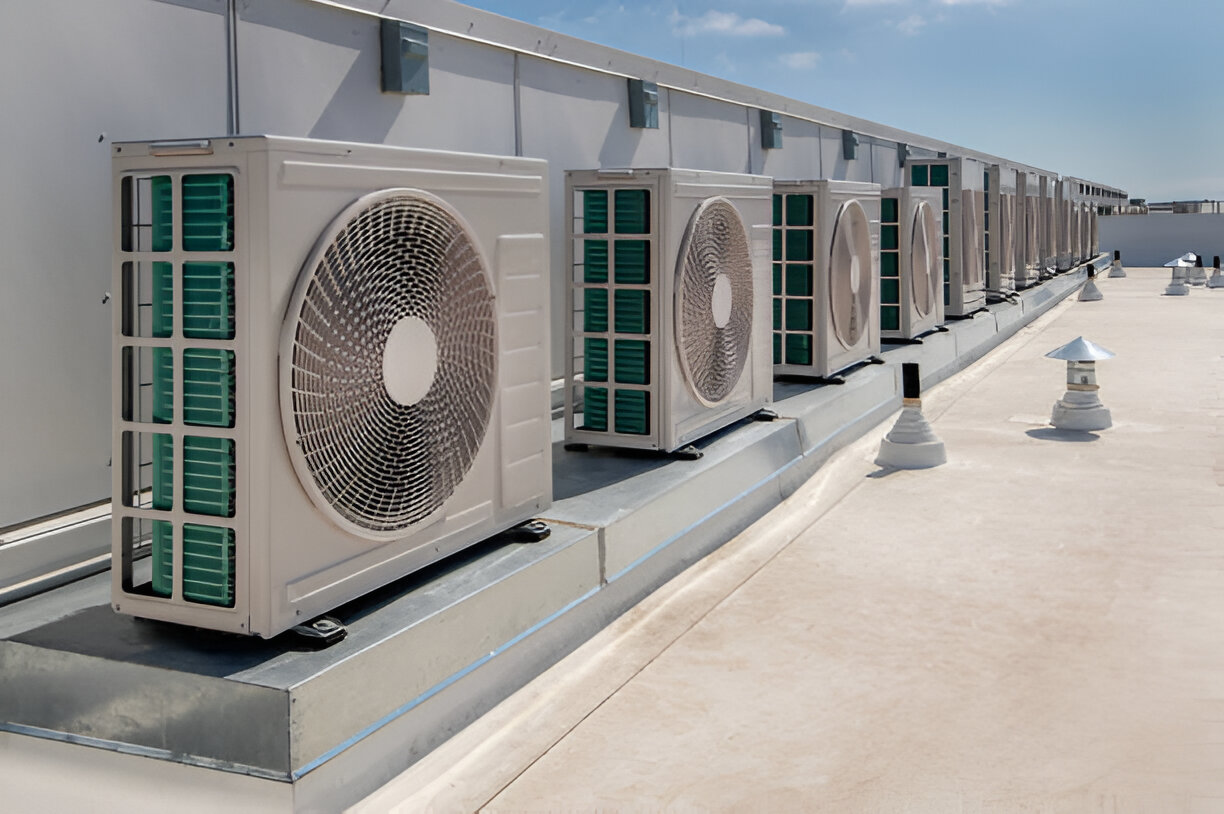HVAC Repair in Phoenix, AZ
When Phoenix temperatures spike, a reliable HVAC system is essential for comfort, safety, and indoor air quality. Professional HVAC repair in Phoenix, AZ focuses on restoring cooling and heating performance quickly while protecting system longevity and energy efficiency.

Why timely HVAC repair matters in Phoenix
Phoenix’s desert climate means air conditioners work harder and longer than in many regions. High daytime temperatures, frequent dust and monsoon debris, and large seasonal swings put extra stress on compressors, coils, and outdoor fan motors. Delaying repairs can lead to larger failures, higher energy bills, and uncomfortable or unsafe indoor conditions during heat waves. Prompt, professional repair minimizes downtime, prevents secondary damage (like refrigerant leaks or coil corrosion), and helps maintain peak efficiency.
Common HVAC repair issues in Phoenix
Understanding typical problems helps homeowners make informed decisions. Common HVAC repair issues in Phoenix include:
- AC not cooling or short-cycling — often caused by low refrigerant, failed capacitors, or a dirty condenser coil
- Frozen evaporator coil — usually from restricted airflow or low refrigerant
- Outdoor unit not running — failed contactor, capacitor, or compressor issue
- Blower fan problems — worn motor bearings, failed fan capacitor, or clogged air filter
- Uneven cooling/hot spots — duct leaks, poor insulation, or malfunctioning zone controls
- Heat pump reversing valve or compressor faults — common in milder winter usage
- Thermostat or control board failures — incorrect readings, loss of schedule, or communication errors
- Drainage problems and condensate backups — clogged condensate lines or failed pumps, especially during monsoon dust conditions
- Furnace or heating malfunctions — ignition failure, cracked heat exchanger, or draft inducer motor issues (in homes with gas heating)
Diagnostics and on-site troubleshooting
A methodical diagnostic approach reduces unnecessary parts replacement:
- Visual inspection of indoor and outdoor units, wiring, and ductwork for obvious damage or debris
- Measure refrigerant pressures and superheat/subcooling to detect leaks or improper charge
- Electrical testing for capacitors, contactors, motors, and control boards
- Airflow measurement and filter inspection to rule out restricted airflow
- Thermostat calibration and communication checks
- Condensate drain inspection and clearing of clogsTechnicians document findings and explain options—repair, temporary fixes, or replacement—so you know the cause and recommended next steps.
Typical repair procedures and parts guidance
Common repair actions performed on Phoenix homes include:
- Replacing capacitors and contactors to restore compressor and fan operation
- Repairing refrigerant leaks and recharging systems (with refrigerant types compliant with current regulations)
- Swapping failed blower or condenser motors and fan assemblies
- Cleaning or replacing coils and filters; removing debris buildup from outdoor units
- Repairing or replacing control boards and thermostats for reliable communication
- Clearing condensate lines and replacing condensate pumps when needed
- Replacing compressors or recommending system replacement for end-of-life unitsWhen recommending part replacement versus full system replacement, technicians consider system age, repair cost relative to replacement value, refrigerant availability (older systems using phased-out refrigerants may justify replacement), and the expected improvement in efficiency.
Same-day and emergency response options
In Phoenix, same-day and emergency HVAC service options are common due to extreme heat risks. Emergency response typically focuses on restoring cooling quickly and safely—temporary repairs, priority diagnostics, or expedited parts ordering. Ask about emergency support windows, technician response times, and what temporary measures may be applied to keep your home safe while a permanent fix is scheduled.
Transparent pricing, no-upsell policy, and workmanship warranties
High-quality repair services provide:
- Clear, itemized estimates that explain labor, parts, and any diagnostic fees
- A stated no-upsell policy that limits unnecessary equipment or service recommendations; repairs are recommended based on diagnostics and system condition
- Workmanship warranties that cover labor and parts for a stated period, assuring that repairs are performed correctly
- Documentation of repairs and replaced parts so homeowners understand what was done and whyExpect providers to explain warranty coverage, what voids warranties (for example, improper homeowner maintenance), and how warranty claims are handled.
Licensing, insurance, and safety standards
Choose technicians who are properly licensed and carry insurance. Licensed HVAC contractors meet local trade standards and building codes, while insurance protects homeowners from liability in the rare event of property damage or onsite injury. For Phoenix-area repairs, confirm technicians follow manufacturer procedures for warranty compliance and adhere to EPA refrigerant handling rules.
Financing and cost planning
Unexpected HVAC repairs can be a financial strain. Many providers offer financing options or flexible payment plans to spread repair or replacement costs over time. When evaluating financing, compare loan terms, interest rates, and repayment schedules. Transparent estimates allow homeowners to weigh financing against other options and decide based on long-term comfort, energy savings, and system reliability.
How scheduling and quotes typically work
When requesting service or a repair quote, providers generally ask for:
- Home address and basic system information (make/model, age, number of zones)
- Description of symptoms and when the issue began
- Availability windows for technician visitsExpect a scheduled diagnostic visit where the technician performs on-site testing and then provides a written estimate with repair options. For larger failures, providers often present repair vs replacement scenarios and expected timelines for parts and labor.
Preventive maintenance to reduce future repairs
Regular maintenance is the best defense against costly emergency repairs in Phoenix. Recommended practices include:
- Seasonal tune-ups for cooling before summer and heat systems before winter
- Replacing filters every 1–3 months depending on usage and air quality
- Keeping outdoor units clear of debris, dust, and landscaping
- Inspecting ducts, seals, and insulation for leaks or damageA maintenance plan extends equipment life, preserves efficiency, and reduces the likelihood of mid-summer breakdowns.
Customer Testimonials
Hear directly from our customers about the quality, honesty, and care we bring to every job.










